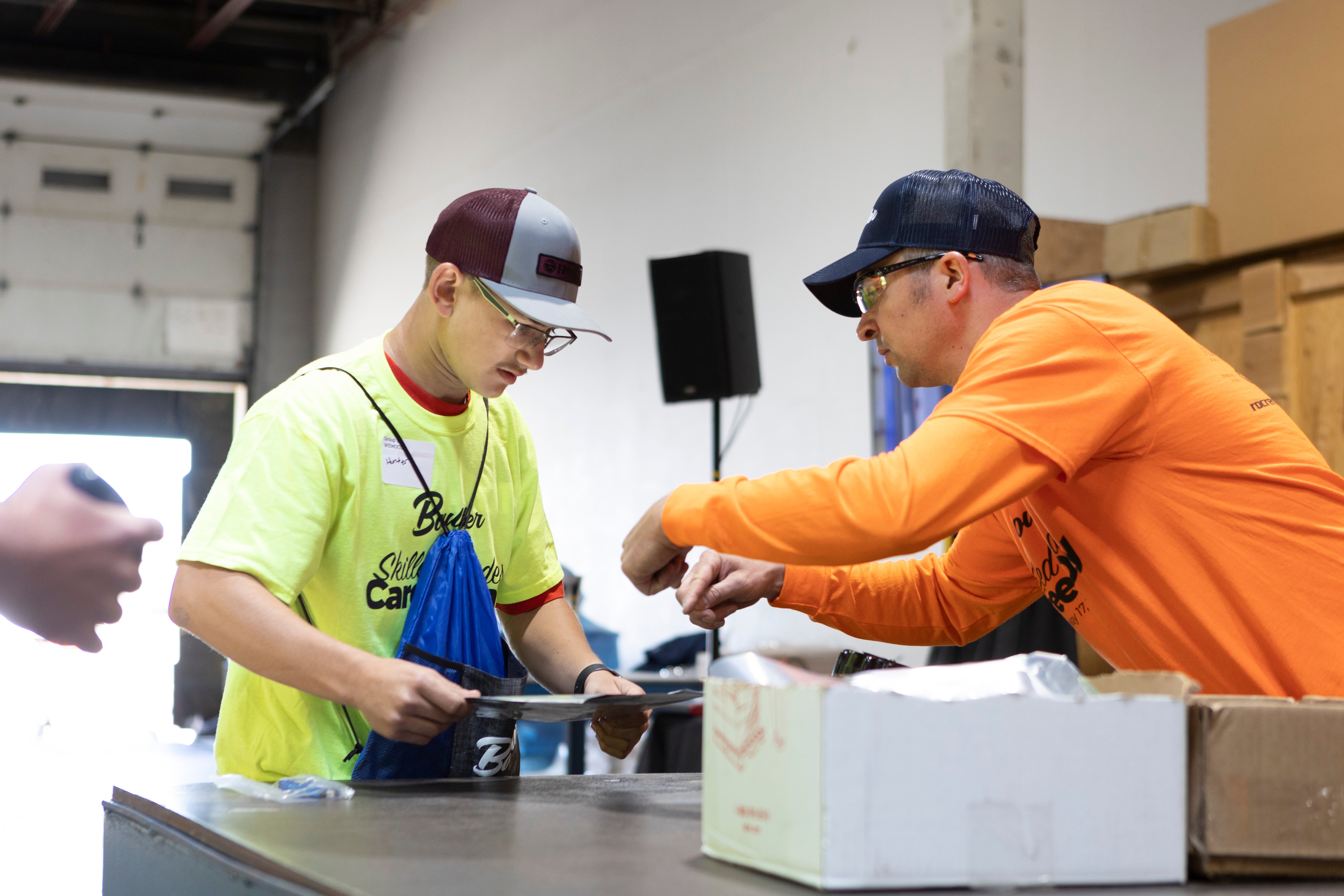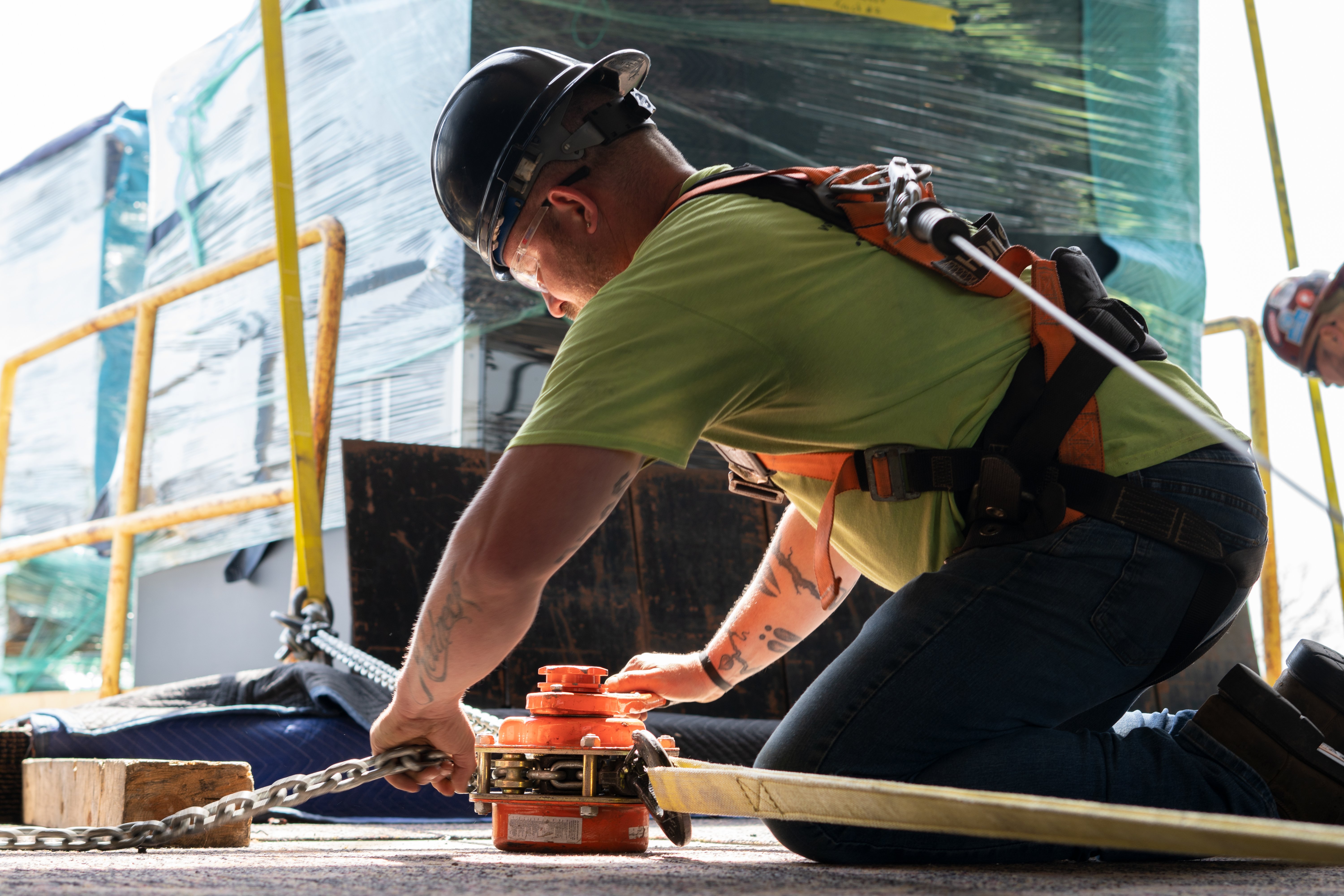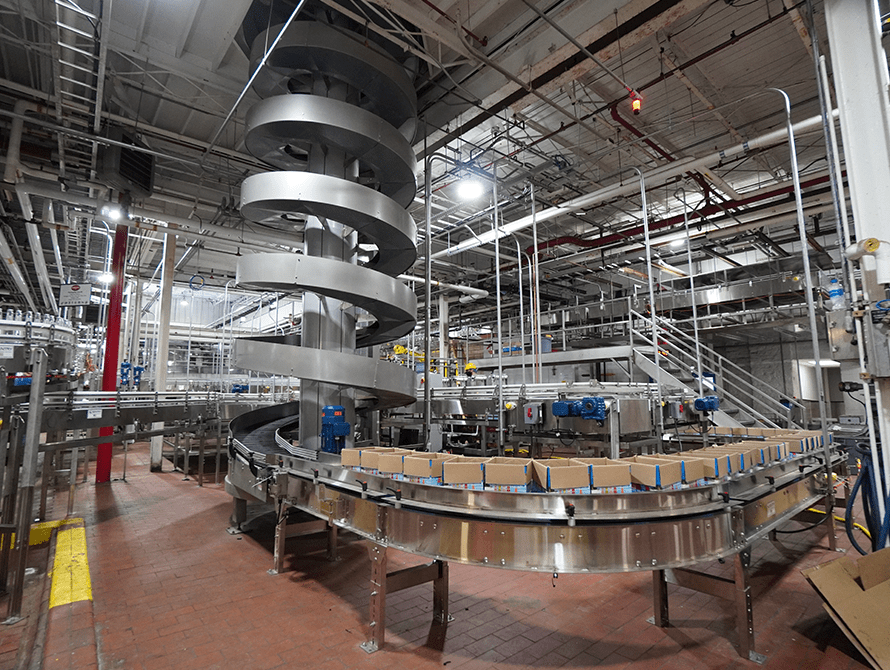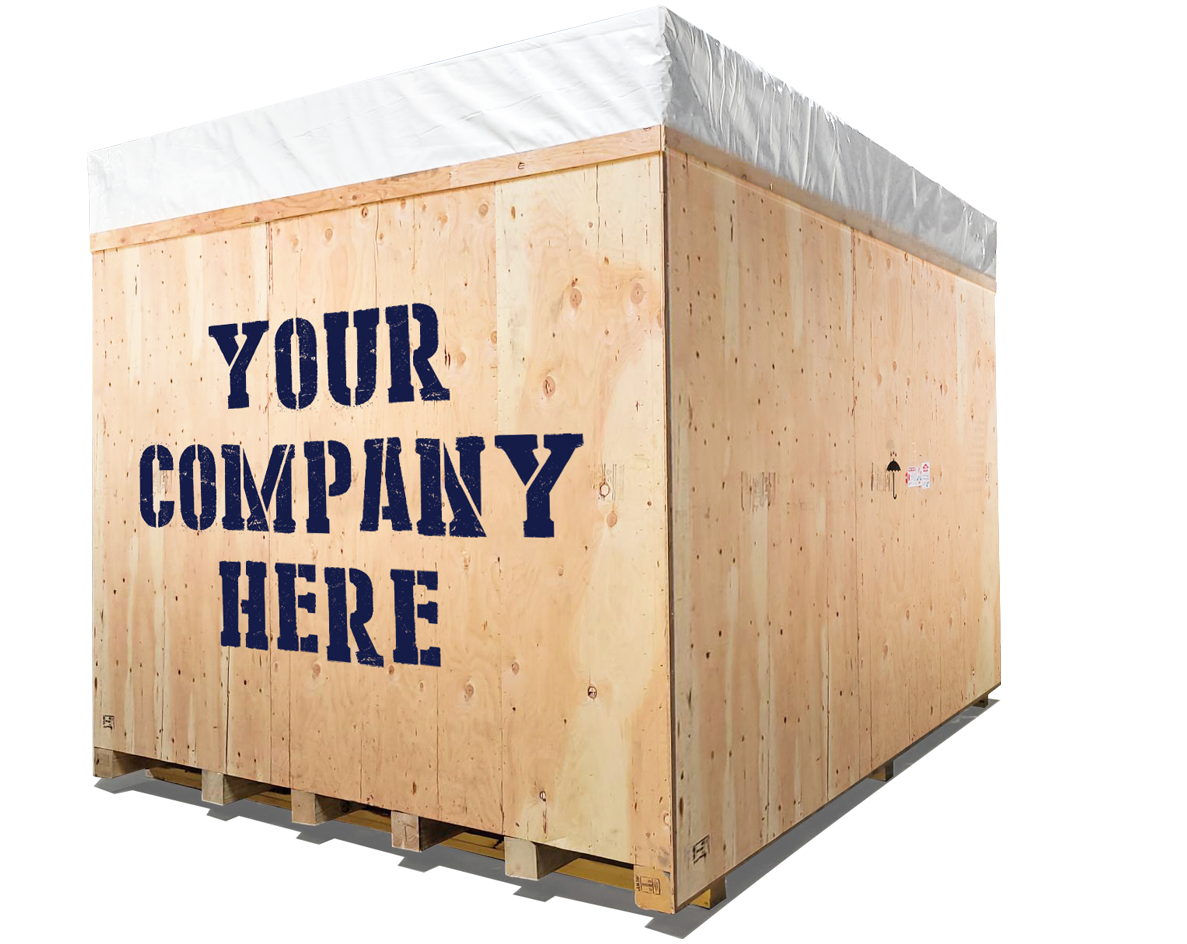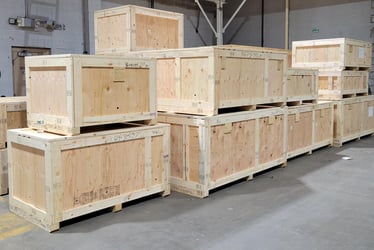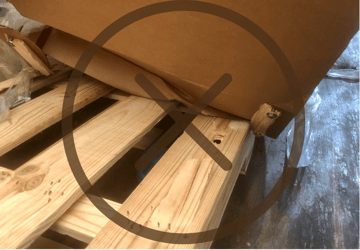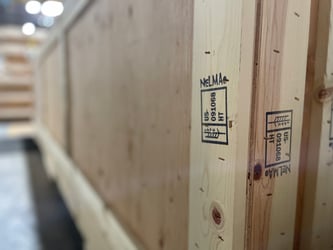
How to better manage shipping-related stress and avoid further delays
Since the start of the pandemic, businesses and individuals alike have felt the impact of supply chain disruptions. From delayed shipments to shortages hiking items to extreme prices, it’s difficult to determine when these issues will subside and how they will affect your business.
While it may be hard to predict if your shipment will be affected by supply chain disruptions, there are a few ways you can avoid further delays and alleviate shipping-related stress.
Paperwork
Documentation is an important part of the shipping process and one that can delay shipments if not properly completed. Types of shipping documentation vary based on if the item is being shipped domestically or internationally.
A bill of lading is the most important document for domestic shipments. It should be completed correctly and specify whether the shipment is prepaid, collect, or through third-party billing.
Information on the bill of lading will include:
- Shippers' and receivers' names and addresses
- Date of shipment
- Number of units
- Description of goods
- The declared value of goods if additional insurance is required
- Type of packaging used
- The exact weight of the shipment. If multiple units are being shipped, the weight should be listed for each unit inside.
- Freight classification. Not knowing your freight class won't slow the shipment but it can cost you more. If the freight classification isn't specified on the bill of lading, the freight forwarder will determine it for you.
For items shipped overseas, documentation will include a commercial invoice (CI), shipper's letter of instruction (SLI) for any shipment over $2,500, certificate of origin if it's required, and a dangerous goods form if the equipment inside is considered hazardous.
Understanding how to accurately complete each document and making sure it’s in order will reduce the likelihood of issues during transit.
Proper crating and packaging materials
Whether you’re shipping an item domestically or internationally, your shipment should have the appropriate packaging and crating materials to withstand environmental hazards and avoid further delays at customs.
Correct crate dimension sizes
Crates should be custom-built to the machine and designed specifically for the path it will ship. When crates are built too large without proper protection, equipment is at risk of damage during transit.
There isn’t a one size fits all approach when it comes to shipping prices. Airfreight shipments are charged by dimensional weight while ocean freight is based on container size. It's important to have the appropriate crate size for your equipment since each mode of transport will charge premium rates for oversized crates. Additionally, over-the-road shipments with oversize cargo require special permits with additional costs. Avoid unnecessary shipping expenses and possible damage by ensuring your crate is custom-built to your equipment.
Corrosion protection
There is no guarantee how long your equipment may sit at sea. To avoid corrosion and rust from long hours, days, or months of salt and wind exposure, materials like desiccants, barrier bagging, VCI emitters, and other rust-inhibiting components should be used before departure. A crating and packaging specialist will take these conditions into account and prepare the equipment accordingly.
ISPM 15 wood packaging for export shipments
ISPM 15 is a regulation of wood packaging materials in international trade. It was developed by the International Plant Protection Convention (IPPC) to prevent the spread of pests and diseases that may harm ecosystems. If wood packaging materials for international shipments are not compliant with ISPM 15 regulations, there is the risk that some countries may charge a premium rate for fumigation or repackaging at the port of entry, and that others may deny it altogether.
To receive an IPPC stamp of compliance, all wood packaging materials must be heat treated until the internal temperature reaches a minimum temperature of 56 degrees Celsius for a minimum duration of 30 continuous minutes.
Communication
Shipping delays can be frustrating for all those involved but keeping a clear line of communication and being transparent is key to minimizing anxieties. People want to feel well informed throughout the buyer’s journey even if it means notifying concerns like when a shipment may be delayed.
Conclusion
Shipping in today’s environment can be overwhelming but there are ways to better manage expectations and reduce stress from supply chain disruptions. If you’re ready to ship your equipment, contact Boulter today. Our custom crating and packaging shop will ensure your equipment arrives at its destination in the same state as it was received.

Jeff is a seasoned Project Manager with over three decades of expertise in custom crating and packaging solutions. With a deep understanding of the intricacies involved in machinery shipping, Jeff has honed his skills in ensuring the safe delivery of equipment regardless of the route or distance involved. His experience in logistics and meticulous approach to packaging has made him a trusted authority in the industry. From customizing packaging solutions to coordinating seamless shipping processes, Jeff's commitment to quality has helped numerous businesses protect their valuable assets during transit.
